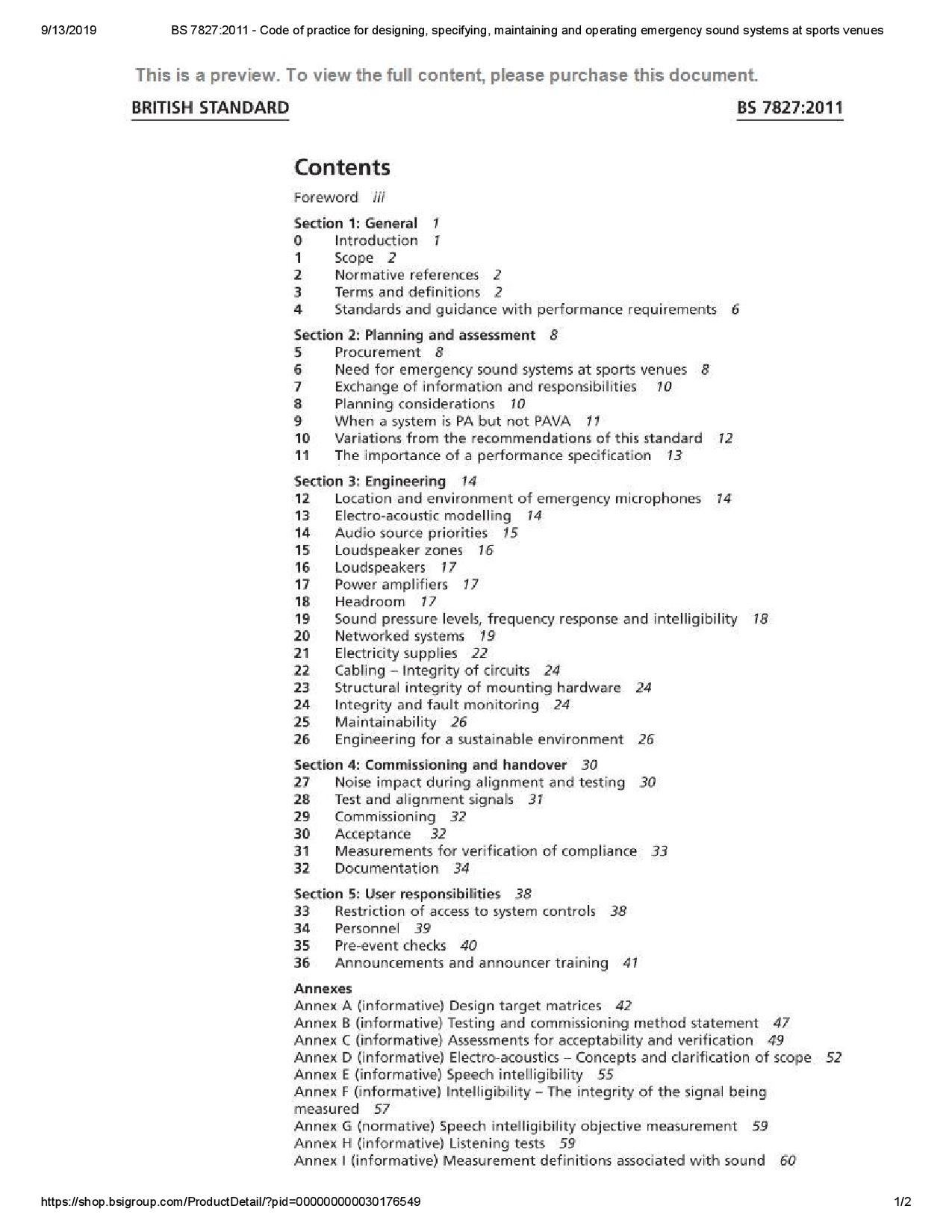Stanton Hall
- Home Page 216

Summer Week 36 | September 1 – September 7
stages of my homemade pie https://t.co/hEZZuMmMsA pic.twitter.com/ZCYEE2ccOy
— Kristin M. Collier, MD (@HSRdirector) September 1, 2025
of apple peel.
The air is full
of smells to feel-
Ripe fruit, old footballs,
burning brush,
new books, erasers,
chalk, and such.
The bee, his hive,
well-honeyed hum,
and Mother cuts
chrysanthemums.
Like plates washed clean
with suds, the days
are polished with
a morning haze.
— John Updike
Monday | September 1| Colloquium 15:00 UTC
US Holiday
HAPPY LABOR DAY WEEKEND 🇺🇸
Thanks to President Trump, the U.S. Pell Grant program has expanded in order to allow trade-school students to receive financial aid. pic.twitter.com/c3d99BF7rB
— The White House (@WhiteHouse) August 31, 2025
Tuesday | September 2 | Colloquium 15:00 UTC
Wednesday | September 3 | Colloquium 15:00 UTC
Thursday | September 4 | Colloquium 15:00 UTC
Friday | September 5 | Colloquium 15:00 UTC
Saturday | September 6
Sunday | September 7

University of Arizona
College dormitory information environment based on Internet of Things
Jinhua Chen – Zhong Li – Jing Song – Ying Li
Yibin University
Abstract: According to the practical application demand of the college dormitory, combined with principle, architecture, and technical of Internet of Things, a college dormitory construction scheme is proposed based on the Internet of Things. The scheme concludes technical framework improvements of the Internet of Things for application, discussion of the networking mechanisms, implementations of technical details and design of network nodes. It presents a multi-frequency-multi-structure network architecture. Test results of typical application parameters show that the practical application of the scheme in a college dormitory is feasible.
CLICK HERE to order complete paper
Readings / What Do University Endowment Managers Worry About?
What Do University Endowment Managers Worry About?
An Analysis of Alternative Asset Investments and Background Income
Harvey S. Rosen, Princeton University
Alexander J.W. Sappington, Sappington & Associates
Griswold Center for Economic Policy Studies
Working Paper No. 244, June 2015
Abstract. This paper examines whether university endowment managers think only in terms of the assets they manage, or also take into account background income, the other flows of income to the university. Specifically, we test whether the level and variability of a university’s background income (e.g., from tuition and government grants) affect its endowment’s allocations to so-called alternative assets such as hedge funds, private equity, and venture capital. We find that both the probability of investing in alternative assets and the proportion of the portfolio invested in such assets increase with expected background income and decrease with its variability
Rud videregående skole Dance
This content is accessible to paid subscribers. To view it please enter your password below or send mike@standardsmichigan.com a request for subscription details.
Rud videregående skole Kerst
This content is accessible to paid subscribers. To view it please enter your password below or send mike@standardsmichigan.com a request for subscription details.
Evensong “Rud videregående skole”
This content is accessible to paid subscribers. To view it please enter your password below or send mike@standardsmichigan.com a request for subscription details.
Digital Media over IP Network
This content is accessible to paid subscribers. To view it please enter your password below or send mike@standardsmichigan.com a request for subscription details.
Lightning protection techniques for roof-top PV systems
Lightning protection techniques for roof-top PV systems
Narjes Fallah, et. al
ABSTRACT: In this paper, the lightning protection requirements of a typical residential building have been discussed and techniques have been provided to protect the building from both direct and indirect damages of lightning, with special attention to the protection of PV panels placed on the roof. These techniques include the designing challenges and also the type of devices which can be used to reduce the surge current flow and magnetic field. It has been shown that for buildings with roof top PV systems only the avoidance of lightning attachment to unprotected parts of the building is not sufficient. Lightning currents passing through the lightning protection system may still affect the PV power system through inductive coupling. Hence strategic placement of PV systems and shielding of conducting systems wherever possible has been recommended. It has also been envisaged that the impact of lightning on PV systems is directly related to the isokeraunic level of the region and elevation of the building. Several recommendations have been proposed in designing the air termination system for a roof with PV panels in high isokeraunic regions. Finally the building integrated photo voltaic (BIPV) projects which are conducted in Malaysia have been evaluated..
CLICK HERE to order complete paper.
Readings:
IEEE Guide for Solar Power Plant Grounding for Personnel Protection
Risk Assessment of Rooftop-Mounted Solar PV Systems
Analysis of Lightning Surge Effects on Small-Scale Rooftop Photovoltaic Systems
Dehn-International White Paper: Lightning and surge protection for rooftop photovoltaic systems
New update alert! The 2022 update to the Trademark Assignment Dataset is now available online. Find 1.29 million trademark assignments, involving 2.28 million unique trademark properties issued by the USPTO between March 1952 and January 2023: https://t.co/njrDAbSpwB pic.twitter.com/GkAXrHoQ9T
— USPTO (@uspto) July 13, 2023
Standards Michigan Group, LLC
2723 South State Street | Suite 150
Ann Arbor, MI 48104 USA
888-746-3670















